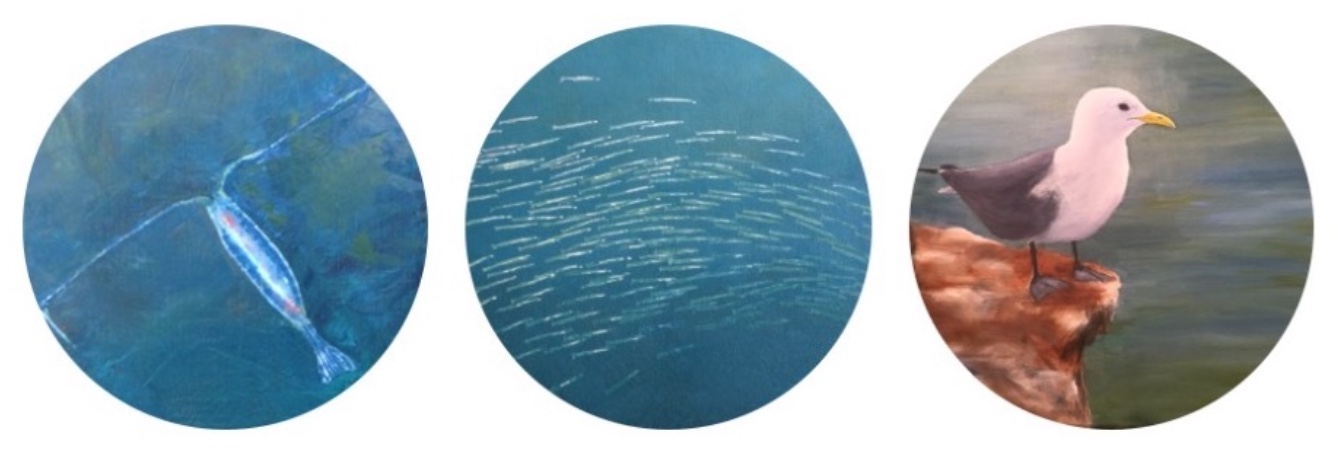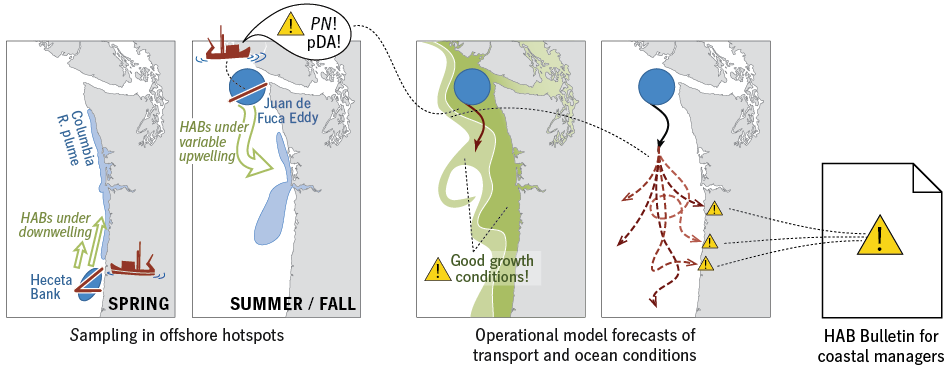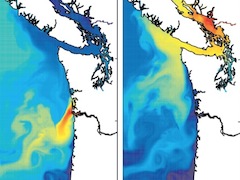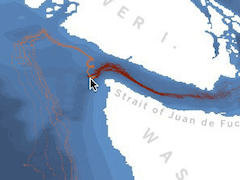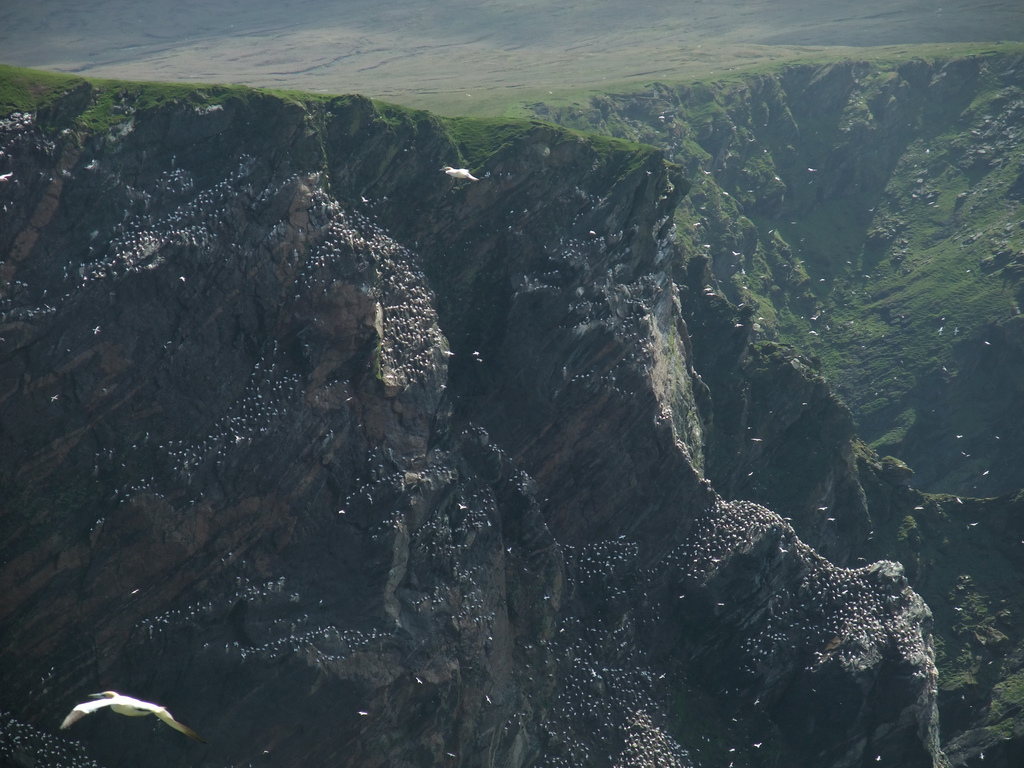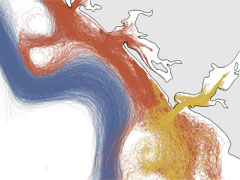The Pacific Northwest coast is the most biologically productive region of the California Current upwelling system, despite the fact that the upwelling winds are much stronger farther south. How can this be?
“to see sandeel the way kittiwakes do”
Kittiwakes and many other UK seabirds have declined rapidly over several decades, alongside declines in the energy available in the ocean food chain that supports them. Agnes Olin’s PhD project (2018-2020) focused on sandeels as a link in this chain, looking upward to their spatial association with trends in kittiwake numbers, and downward to changes … Read more
